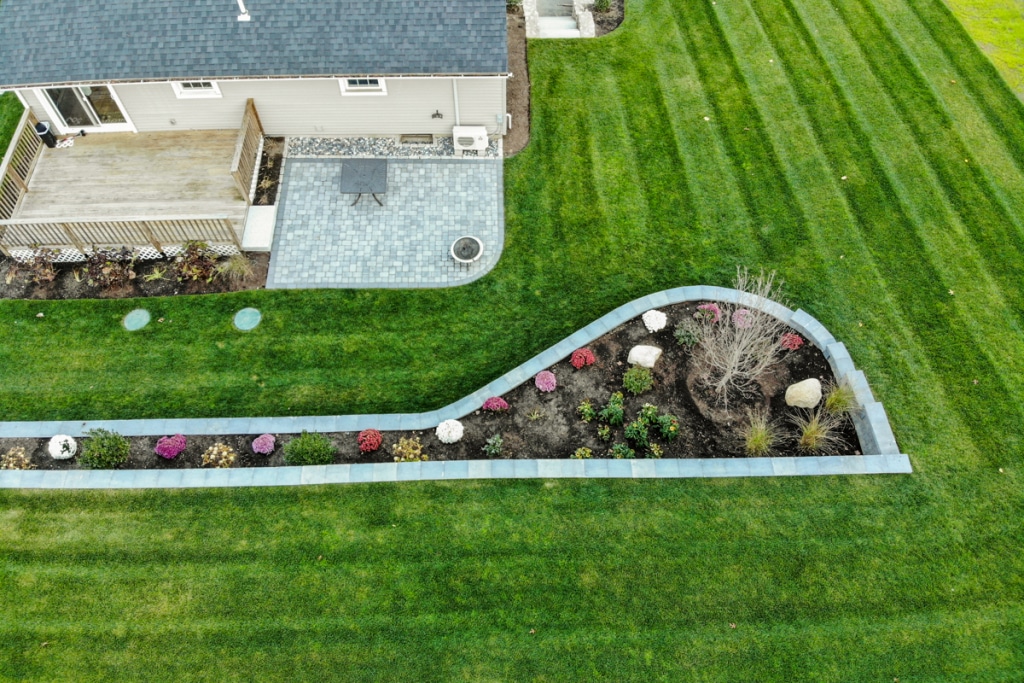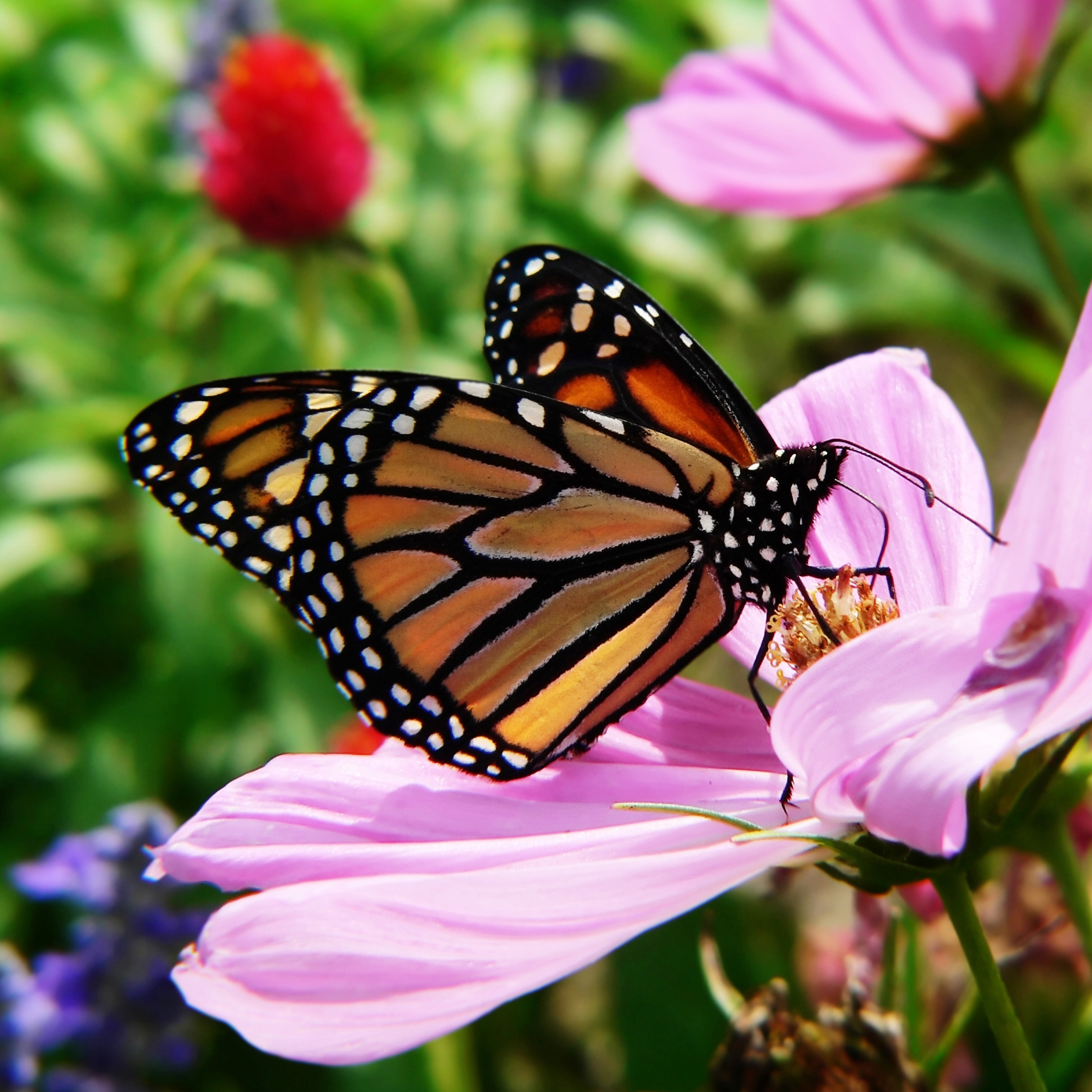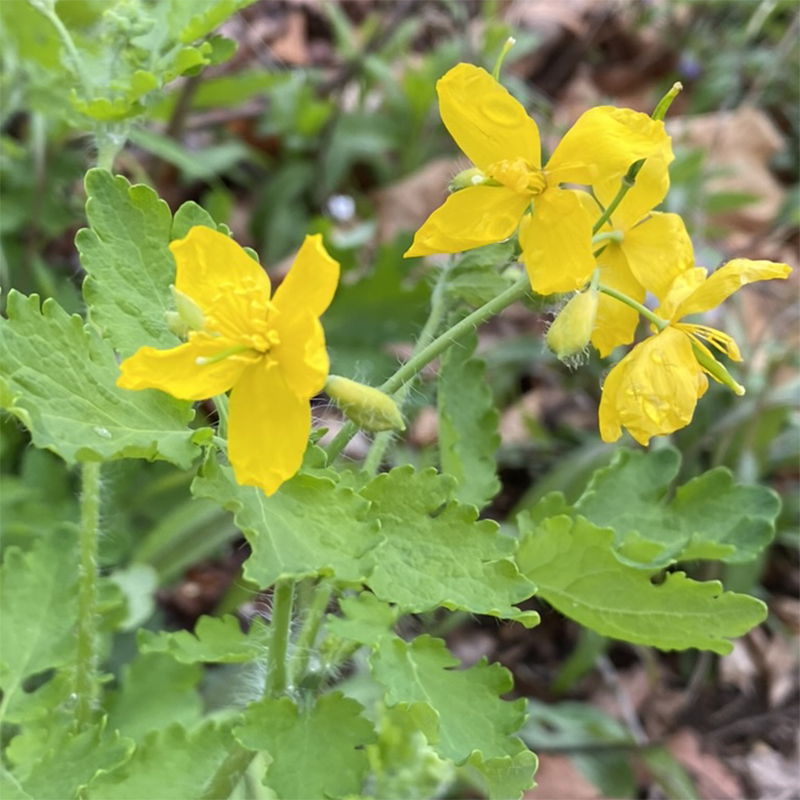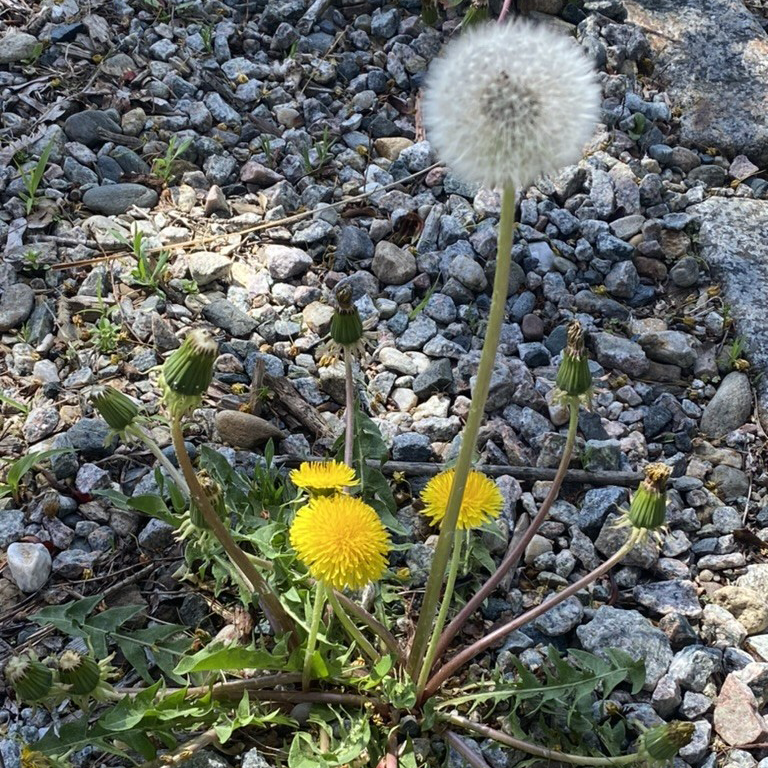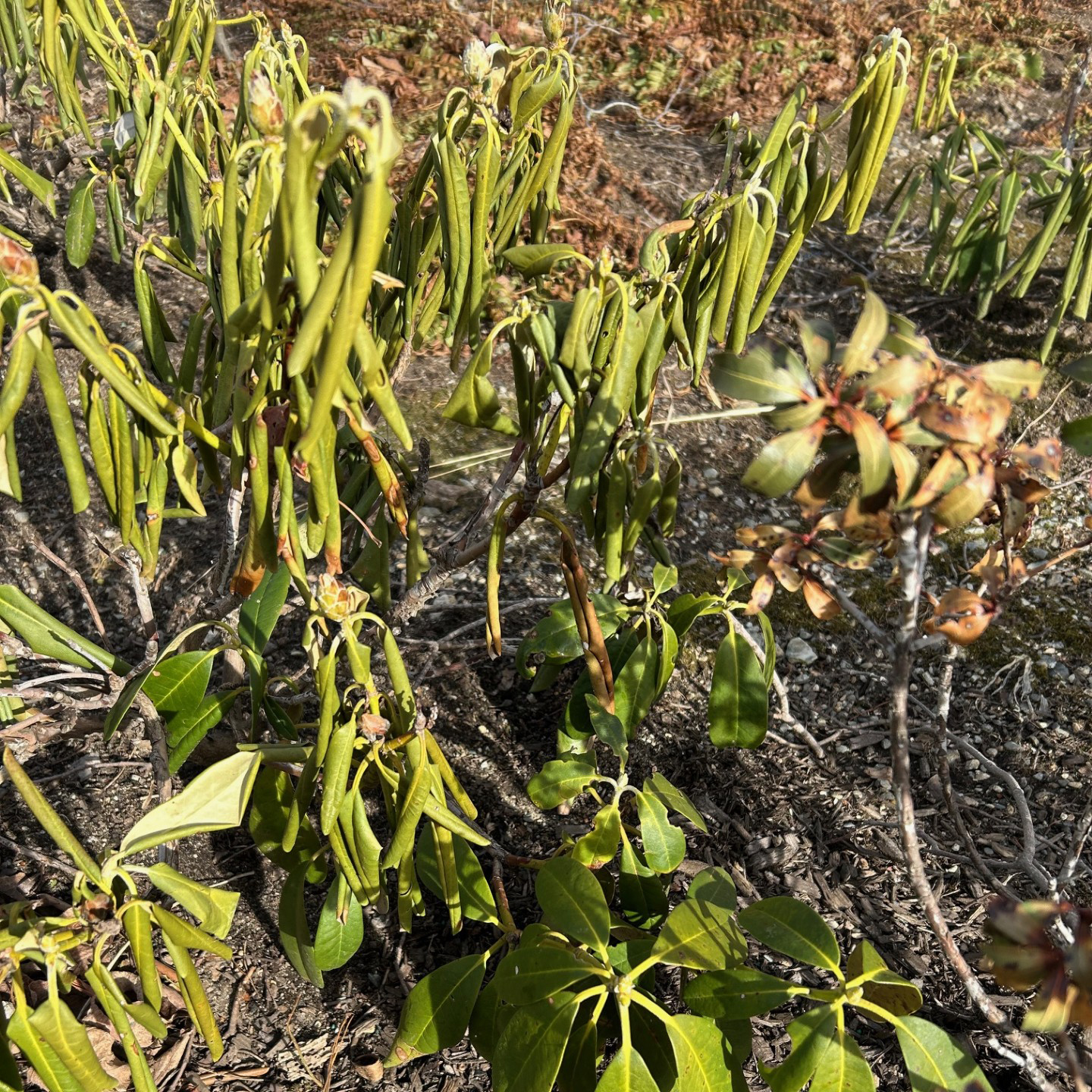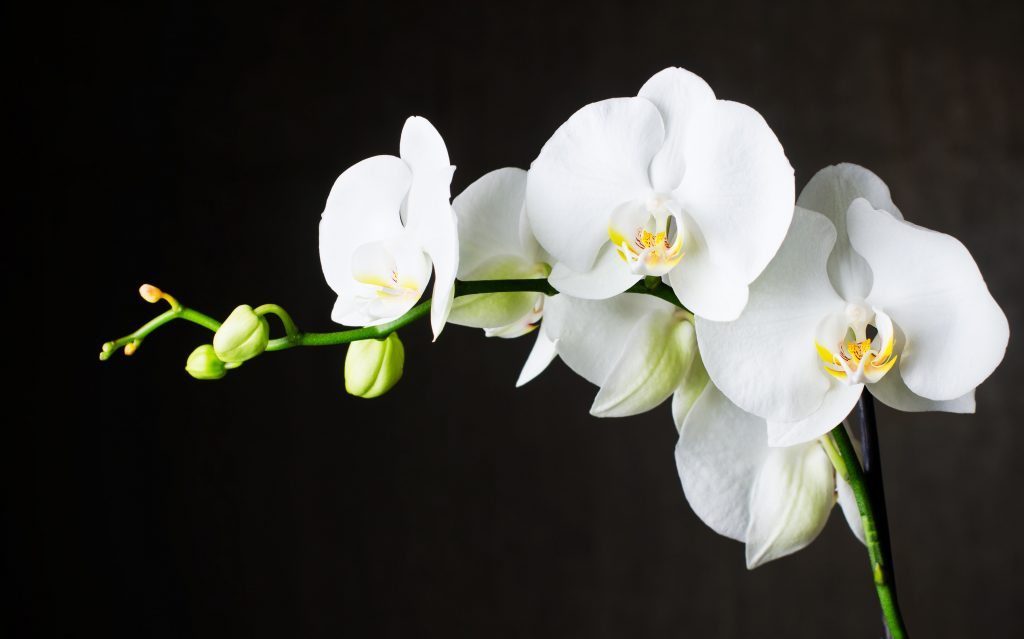
Orchidaceae is one of the largest families of flowering plants, with more than 25,000 species identified. Wild orchids can be found on every continent except Antarctica, although the majority of species are tropical. We even have orchids native to New England; the most common orchid in this area is Cypripedium acaule, commonly known as the pink lady slipper. Most orchids native to temperate regions are terrestrial, meaning they grow in soil; orchids native to the tropics are generally epiphytic, meaning they grow on the surface of other plants and absorb moisture and nutrients from the air. Those orchids that are readily available as houseplants are usually native to the tropics and epiphytic.
Orchids have a reputation for being finicky and difficult to grow but they are actually quite easy to care for without any special equipment or lighting. If you remember that they take in nutrients and moisture from the air and grow on trees in tropical climates, you will understand their needs.
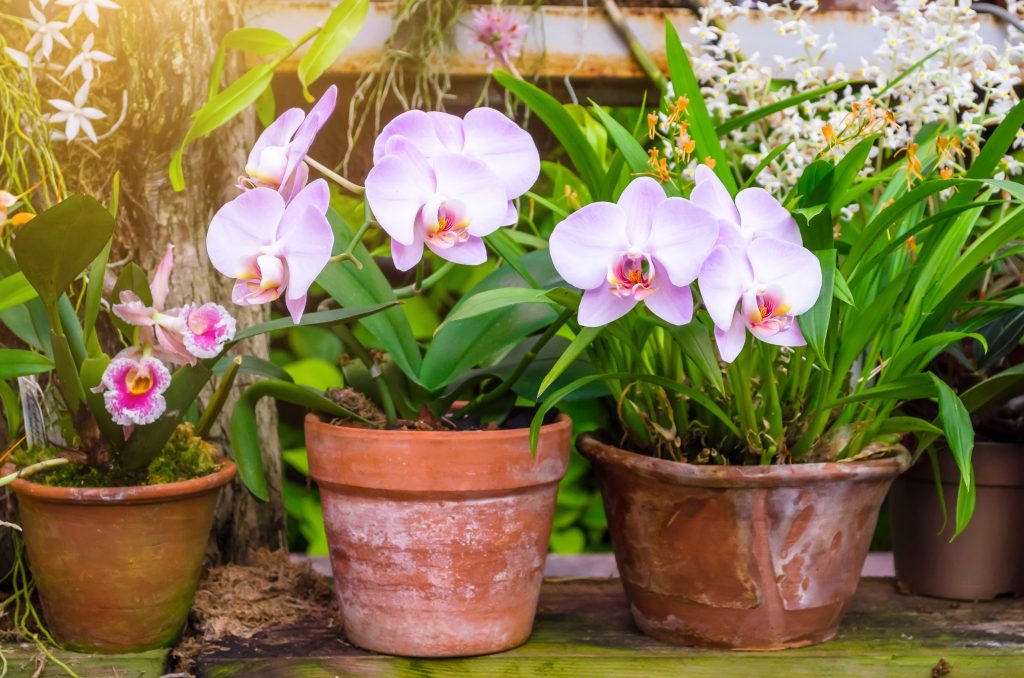
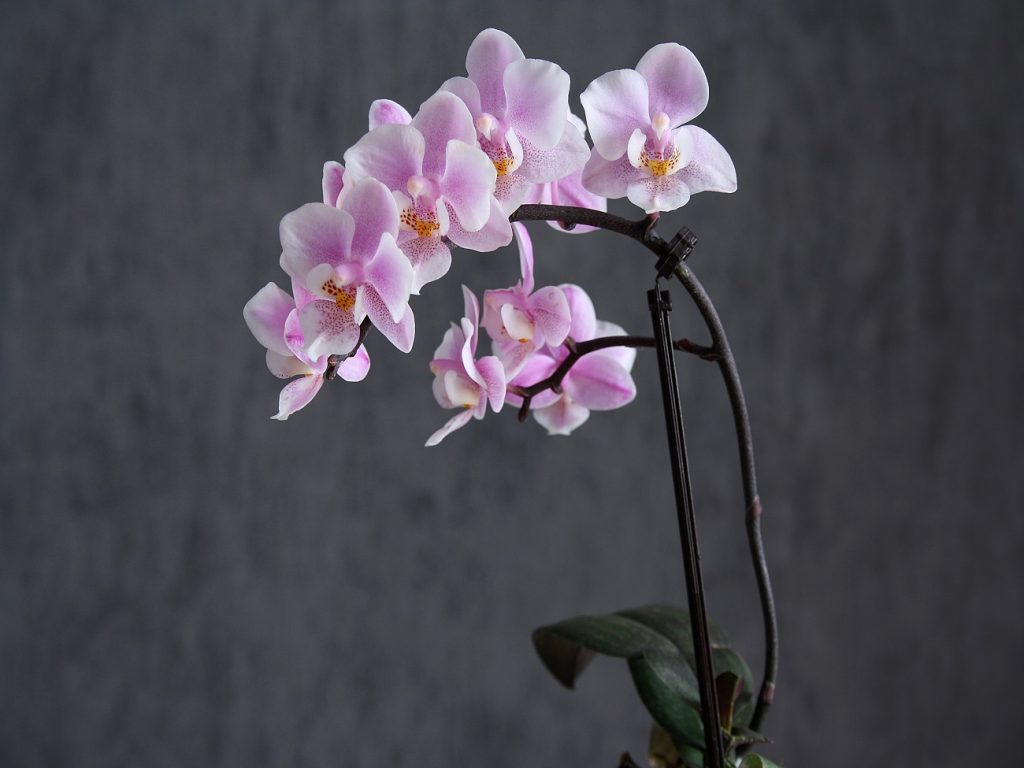
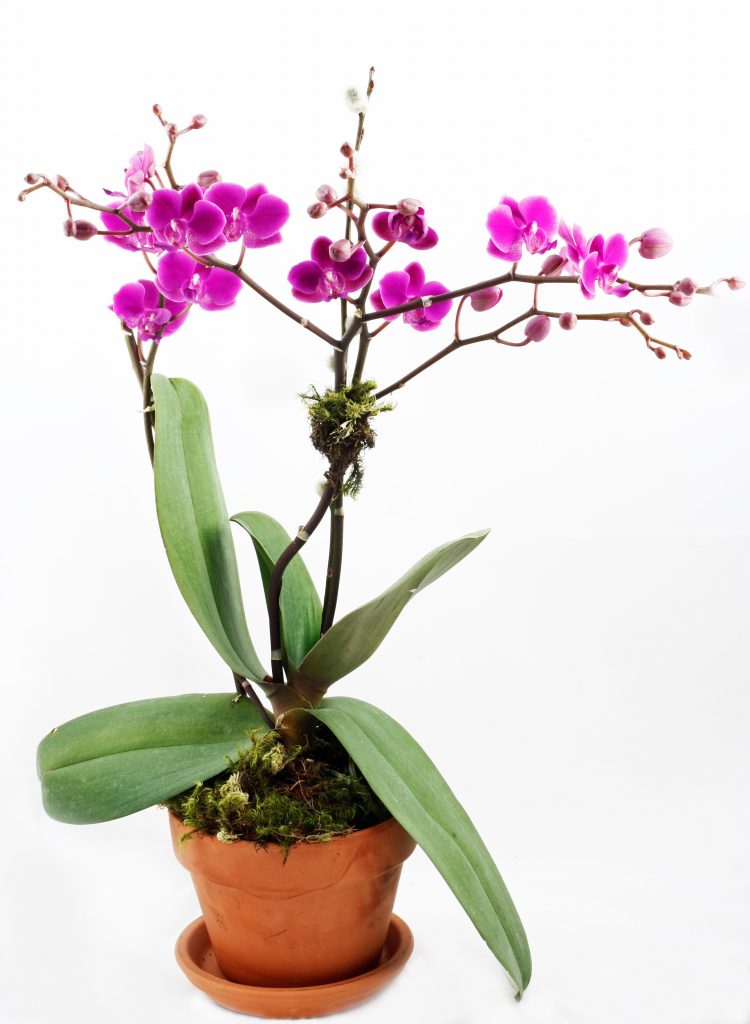
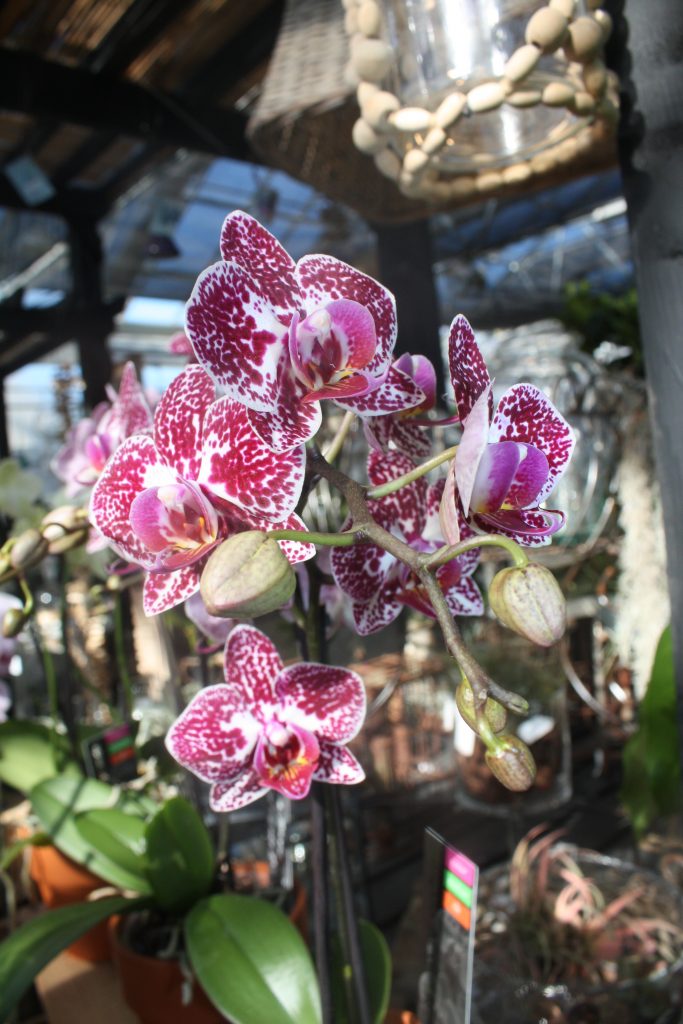

General Orchid Care Tips:
Light: Different types of orchids have different light requirements. Some thrive in bright light while others prefer lower levels of light. Do not place orchids in direct sunlight. Insufficient light is the most common reason that orchids fail to bloom. See individual species for specific light requirements. In winter, make sure to keep plants well away from cold windows.
Water: There is no hard and fast rule regarding frequency as the need for water will vary depending on your home’s ambient humidity and temperature as well as the choice of pot and potting medium. Monitor you orchid and water when potting medium is dry. When you do water, add enough water so that it flows freely from the drainage holes. This will ensure that the potting medium is wet all the way through and that any built up salts get flushed.
If the air in your home is very dry, particularly in the winter months, consider misting any aerial roots growing out of the pot. You may also want to place your orchids on a humidity tray. Fill a shallow tray with gravel and add water so that the water level is below the top of the gravel. Set plants on top. This will provide your orchids with more humidity but will prevent them from sitting in water.
Fertilizer: Choose an orchid specific fertilizer or a balanced houseplant fertilizer such as a 10-10-10. Generally, err on the side of using less fertilizer. Many experts recommend the “weakly, weekly” approach; apply a dilute (¼ strength) fertilizer solution weekly. Always water plants prior to fertilizing as fertilizer can burn dry roots.
Repotting: Do not repot blooming plants as this will stress them. Always use an orchid specific potting mix. When choosing a new pot, err on the side of something smaller, so that the roots are relatively crowded together. Remove orchid from pot, taking care not to damage roots. Gently remove potting mix from roots and prune off any dead roots. Center roots in new pot and refill with potting mix so that plant is stable. Water thoroughly. Hold off on fertilizing for several weeks after repotting. We would be happy to help you with your repotting needs.
Reasons to repot:
- Plant came in a plastic pot.
- Plant has become top heavy and is tipping over.
- The potting mix has started to decompose.
- The roots are growing out of the pot.
Pro Tip: In order to encourage your orchid to rebloom, simulate the conditions that will trigger blooming. Place your orchid in a warm, bright spot during the day and at night, place it in an area with a 10 degree temperature drop, perhaps near a cold window or in a room with less efficient heating.
Common Houseplant Orchids:
Phalaenopsis – Phalaenopsis, or moth orchid, are the most widely available orchids found in garden centers, florists and supermarkets. Generally blooms in winter with blooms lasting as long as 3 months. Once blooming is finished, cut spent stalk. Repot if indicated. These orchids can tolerate low light, ideally from an east facing window.
Dendrobium –This genus encompasses approximately 1800 species of orchids. Those that you find in most often in stores are Phalaenopsis hybrids and are relatively easy to care for. Known for their profuse blooms, Dendrobium orchids prefer bright but indirect light, such as a lightly shaded southern facing window. After blooms fade, cut flower spike close to stem, taking care not to cut the stem.
Cattelya – This type of orchid is frequently used for corsages and are often large and fragrant. They are relatively easy to grow in the home and most bloom in winter or early spring. Bright indirect light, avoid strong mid-day sun. When blooms are spent, cut bud sheath with flower spike as close as possible to the base of the leaf. If you do not remove old bud sheaths, they can fill with water and bacteria and become a source of disease.
Cymbidium – These orchids are more cold tolerant than most other orchid species. This makes them ideal for growing outside in containers during the warmer months and moving them back inside prior to the first frost. When outdoors, bright diffused light is best and indoors, bright, indirect light is needed. With the optimal amount of light, the leaves should be a greenish yellow; with too much light they will be yellow and too little light, dark green.
Oncidium – Notable for large sprays of flowers on branching spikes with plenty of flowers. Some hybrids will bloom 2-3 times per year. More forgiving of direct light than other orchid species, bright indirect light with some direct morning sun works best. They prefer to be slightly under-potted. Water storing stems called pseudo-bulbs provide some drought tolerance. When flowers are spent, cut spike as close as possible to the origin at the pseudo-bulb.
Paphiopedilum– These orchids are semi-terrestrial and are often referred to as “lady’s slipper orchids” because of their unique pouch. Relatively low light requirements as compared to other orchid species; an east facing window is ideal. Care requirements very similar to African Violets.
Problems: Cultural issues are the most common causes of poor performance. These can include too much or not enough light, under or over watering, insufficient humidity, under or over fertilization, under or over potting etc.
Pests: Orchids are fairly resistant to infestation, but regular inspection is advised. Scale, mealybugs, aphids, mites and thrips can usually be eliminated with insecticidal soap or horticultural oil.
Disease: Orchids are not typically disease prone but can occasionally be susceptible to bacterial, fungal or viral disease. Make sure to sterilize any cutting tools used when working with your orchids and always sterilize pots before reusing.

